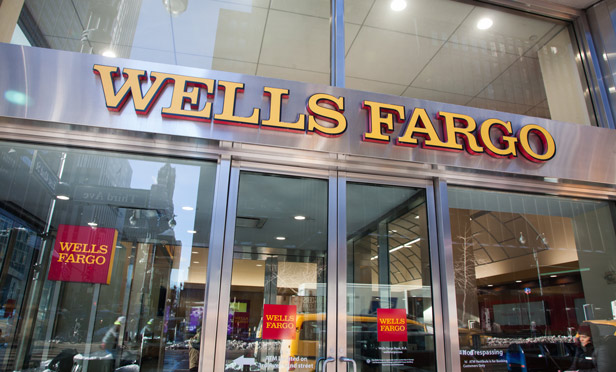
 A Wells Fargo bank branch in New York. (Photo: Bloomberg)
A Wells Fargo bank branch in New York. (Photo: Bloomberg)
Wells Fargo & Co.'s $1 billion settlement with regulators already has some saying that this marks the end of a troubled period for the scandal-plagued bank. That might be wishful thinking.
Part of the reason for the optimism is the size of the fine. Wells Fargo paid only $185 million for its fake-account scandal, which impacted as many as 3.5 million customers. The current fines are for abuses that relate to about 600,000 auto borrowers who were wrongly charged, as well as a much smaller group of customers at its mortgage division. The excessive fees were generally around $1,000. In total, Wells Fargo estimates that it overcharged all of its auto borrowers by about $80 million going back to 2012. You could argue that the bank shouldn't have to pay a fine of more than 10 times the damage it did, which makes the $1 billion fee hefty indeed.
But the fake account scandal is an odd comparison because while a lot of customers were affected, very few were actually damaged. What's more, part of the settlement over that scandal included the bank firing more than 5,000 employees. There were no mass disciplinary actions in response to the auto-lending abuses. Also, the amount of damages to fines might not even be the right comparison.



